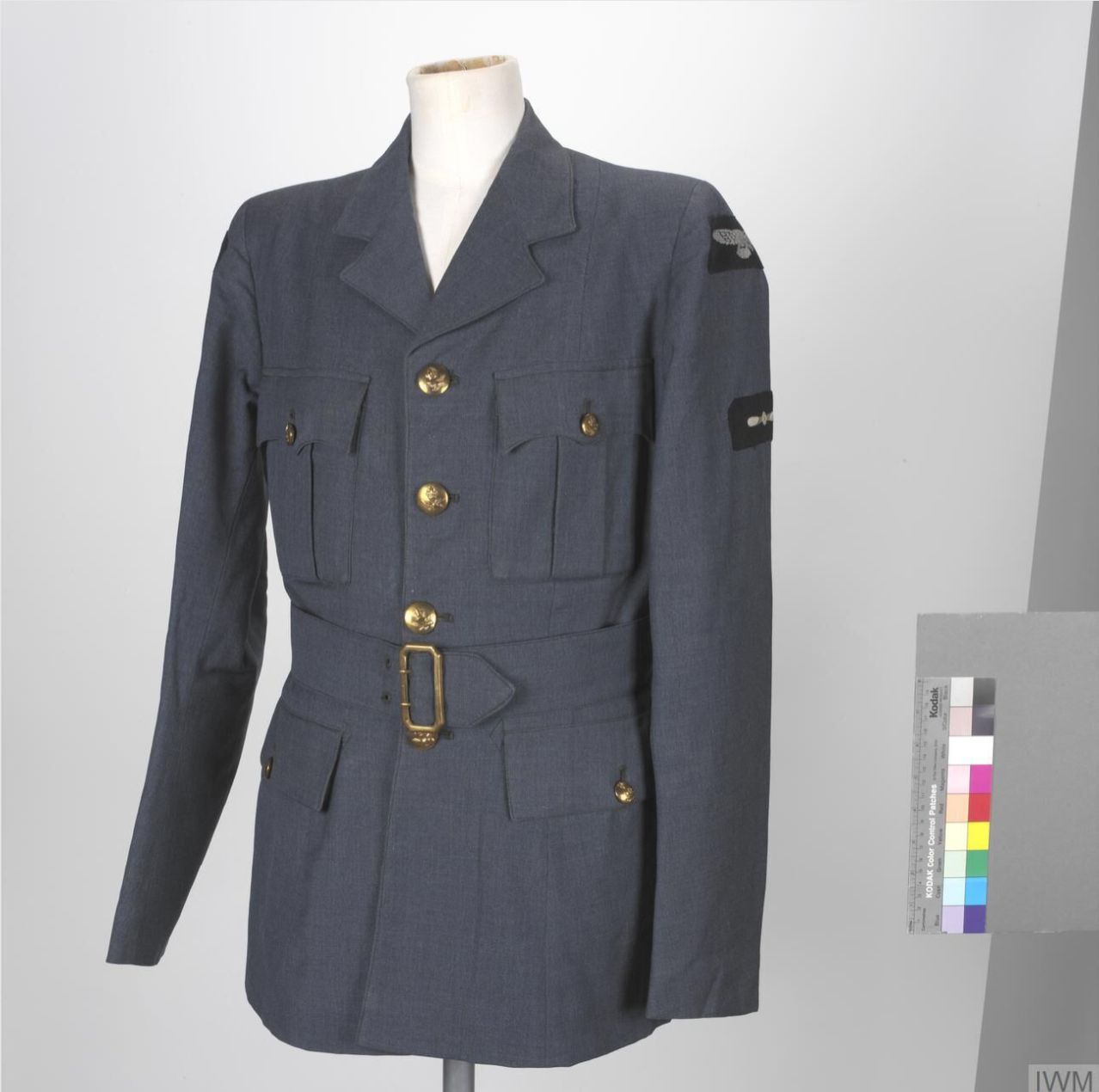pokrad
A Fixture
A few nice references:



I can notice on old images, WAAF girls obey "no hair below the collar" really strict...
This time I used our belowed Margo Barbie as the refernce for the face




I can notice on old images, WAAF girls obey "no hair below the collar" really strict...
This time I used our belowed Margo Barbie as the refernce for the face









